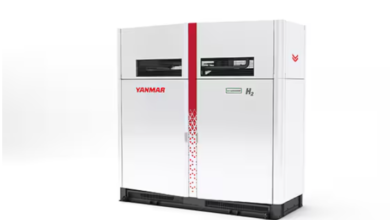First measurements of hydrogen-boron fusion in a magnetically confined fusion plasma

New research published in Nature Communications highlights the potential of using clean, abundant, advanced hydrogen-boron fuel in fusion energy
As fusion developers around the world race to commercialize fusion energy, TAE Technologies has pioneered the pursuit of the cleanest and most economical path to providing electricity with hydrogen boron (also known as p-B11 or p11B), an abundant, environmentally sound fuel.
Today the company is announcing, in collaboration with Japan’s National Institute for Fusion Science (NIFS), a noteworthy research advancement: the first-ever hydrogen-boron fusion experiments in a magnetically confined fusion plasma.
In a peer-reviewed paper published by Nature Communications (“First measurements of p11B fusion in a magnetically confined plasma”), scientists explain the outcome of the nuclear fusion reaction of hydrogen-boron in an experiment in NIFS’ Large Helical Device (LHD). This paper describes the experimental work of producing the conditions necessary for hydrogen-boron fusion in the LHD plasma and TAE’s development of a detector to measure the hydrogen-boron reaction products: helium nuclei, known as alpha particles.
The finding reflects years of collaborative international scientific fusion research, and represents a milestone in TAE’s mission to develop commercial fusion power with hydrogen-boron, the cleanest, most cost-competitive, and most sustainable fuel cycle for fusion.
“This experiment offers us a wealth of data to work with, and shows that hydrogen-boron has a place in utility-scale fusion power. We know we can solve the physics challenge and deliver a transformational new form of carbon-free energy to the world that relies on this non-radioactive, abundant fuel,” said Michl Binderbauer, CEO of TAE Technologies.
